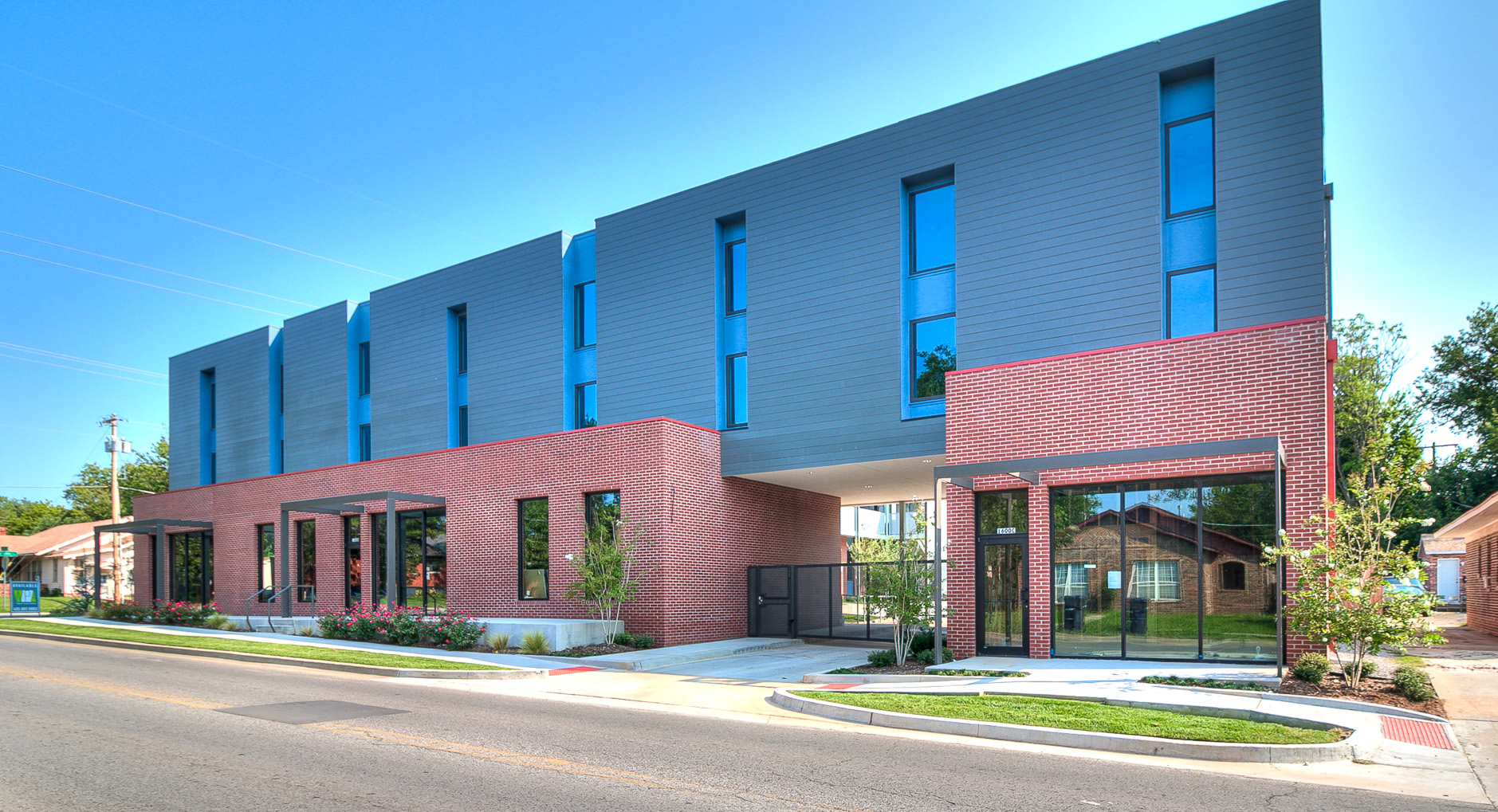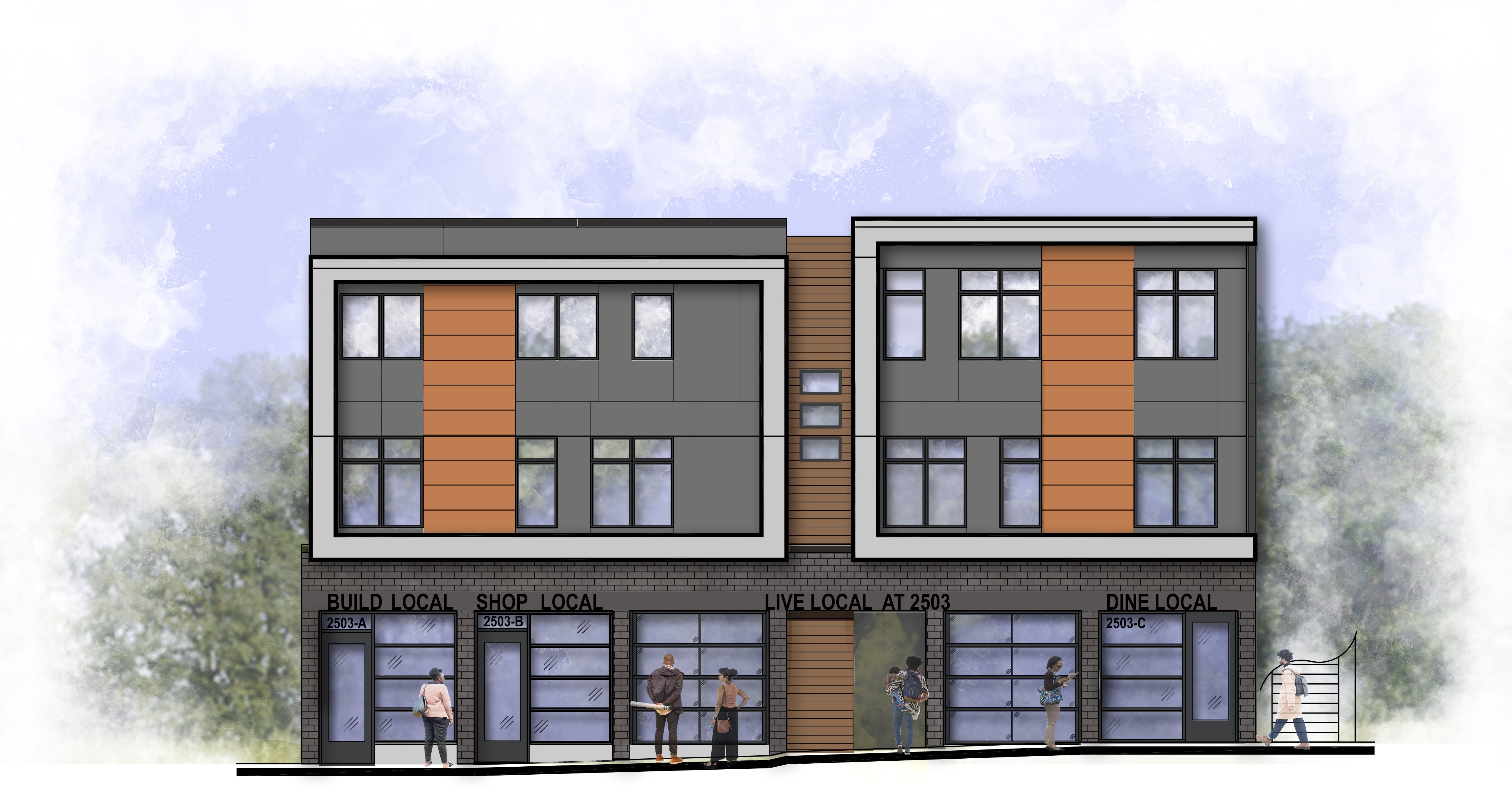Small Mixed-Use Apartment Building: A Versatile Investment Opportunity

In today’s dynamic real estate market, investors are increasingly drawn to mixed-use properties that offer a unique blend of residential and commercial spaces. Small mixed-use apartment buildings, in particular, present an attractive investment opportunity due to their versatility and potential for high returns.

What is a Small Mixed-Use Apartment Building?

A small mixed-use apartment building typically consists of a combination of residential units and commercial spaces on the ground floor. The residential units can range from studios to one- or two-bedroom apartments, while the commercial spaces can be used for retail, office, or restaurant purposes.

Advantages of Investing in Small Mixed-Use Apartment Buildings

1. Diversified Income Streams:

Mixed-use buildings provide investors with the potential for multiple income streams from both residential and commercial tenants. This diversification reduces the risk of vacancy and ensures a more stable cash flow.

2. High Demand:

Small mixed-use apartment buildings are in high demand in urban areas and near transportation hubs. They offer convenience and accessibility to both residents and businesses, making them highly sought-after properties.

3. Appreciation Potential:

Due to their desirability and limited supply, small mixed-use apartment buildings tend to appreciate in value over time. This can lead to significant capital gains for investors.

4. Flexibility:

The mixed-use nature of these buildings allows for flexibility in tenant selection. Investors can choose to lease the commercial spaces to businesses that complement the residential units, creating a symbiotic relationship.

5. Tax Benefits:

Investors may be eligible for tax benefits associated with owning a mixed-use property, such as depreciation and deductions for commercial space expenses.

Considerations for Investors

1. Location:

Location is crucial for the success of any mixed-use apartment building. Investors should carefully consider the neighborhood, transportation options, and proximity to amenities.

2. Tenant Mix:

The tenant mix is essential for maintaining a harmonious and profitable property. Investors should select tenants who are compatible with the building’s character and who will contribute to its overall success.

3. Management:

Proper management is key to maximizing the return on investment. Investors should consider hiring a professional property manager or forming a homeowners association to ensure the building is well-maintained and operated efficiently.

Conclusion

Small mixed-use apartment buildings offer investors a versatile and potentially lucrative investment opportunity. By combining residential and commercial spaces, these properties provide diversified income streams, high demand, appreciation potential, flexibility, and tax benefits. However, careful consideration of location, tenant mix, and management is essential for achieving optimal returns.










